[ad_1]
| Inexperienced Provides | Brown Provides |
| Vegetable scraps | Dry leaves |
| Inexperienced yard waste | Sawdust |
| Grass clippings | Straw |
| Eggshells | Newspaper |
| Espresso grounds | Cardboard |
| Fruit scraps | Woody prunings |
Benefits of Composting
Composting benefits you by:
- Creating high-quality nutritional vitamins
- Lowering the need to buy amendments or fertilizers
- Enhancing soil aeration
- Saving money via the usage of free provides
- Lowering waste
Composting is useful previous your private yard and yard. It helps the group and the setting by saving home in landfills, lowering methane gasoline (created by inexperienced provides in landfills), and saving on secure waste administration costs.
Composting Methods
Choose a composting methodology based totally on how shortly you need the compost—from a lot of months to as a lot as two years—and whether or not or not you want to deal with the compost pile actively or passively.
Energetic vs. Passive Composting
Energetic composting requires frequent turning, each by hand with a shovel or pitchfork or by rotating it in a pitcher. Passive composting doesn’t require turning, however it takes as a lot as two years to develop.
Scorching Composting
Scorching composting is an actively managed methodology that generates its private heat. Inside temperatures can attain 140°F.
Scorching composting is the commonest methodology on account of the heat hastens decomposition, with piles ready for use in as a lot as three months.
Chilly Composting
Chilly composting is a passively managed composting methodology that will take from one to 2 years to develop usable compost.
To chilly compost, toss leaves in an enormous pile. Bury latest inexperienced provides throughout the coronary heart to steer clear of attracting vermin. There is no need to present the pile or add water.
Worm or Vermicomposting
With worm composting, you create a mattress of moistened paper after which add worms. The worms progress to elevated ranges as you add further meals every few days. This extraordinarily actively managed methodology produces worm compost in one- to two-month cycles.
Bokashi Composting
Bokashi composting is a fermentation course of that produces a extraordinarily concentrated liquid nutrient. It makes use of kitchen scraps like greens and fruit, meat and dairy, and a starter manufactured from wheat or sawdust. The bokashi liquid is normally added as a booster to traditional compost.
Sorts of Composters
Tumblers are normally the right composters for newcomers since they comprise the compost pile and make rotating the compost easy.
Tumblers
Stand-mounted compost tumblers increase the compost pile to an easy-to-access peak of 18 to 40 inches. With locking lids, they keep curious vermin out of the pile.
Compost tumblers worth about $150 or make a DIY compost tumbler from a plastic drum for about $75.
Bins
Purchase a compost bin for about $100. Or it’s possible you’ll make a pallet compost bin for decrease than $50.
Another option is to make a compost bin using plastic storage containers for about $40. Drill holes in an 18-glass storage bin, match it inside one different bin, and add the compost mixture.
Compost outdoors each time attainable. Nonetheless within the occasion you do resolve to compost in an home or anyplace inside, compost in plastic bins.
Piles or Windrows
Make compost in an open, freestanding pile if bins, tumblers, or totally different containers are unavailable. The pile must be large—three ft extreme, broad, and deep.
For big-scale composting, create prolonged, slim strips of compost often known as windrows. Each strip’s width have to be twice its peak.
The place to Discover the Compost Pile
Considerations when in the hunt for a spot for the compost pile:
- Place the compost pile outdoors.
- Discover the pile throughout the widespread house of the drop degree (comparable to a yard).
- Protect the pile shut adequate to the home so you can deal with it.
- Place the compost pile inside attain of a yard hose.
- Do not pile compost in opposition to the side of the house.
- Stay away from downspouts or totally different water sources that can wash away the compost.
Chilly compost piles will likely be located farther away from the house than scorching piles since they are not actively managed.
What to Compost or Not Compost
Compost pure provides, not inorganic provides. Pure provides are points which were as quickly as alive: grass, picket, nutshells, and meals scraps. Inorganic provides are points like rocks, metallic, glass, and plastic.
-
Veggie scraps
-
Meal leftovers
-
Grass clippings
-
Dry leaves
-
Wood chips
-
Sawdust
-
Straw
-
Cardboard
-
Dryer lint
-
Eggshells
-
Inorganic provides
-
Dairy
-
Meat
-
Pet or human waste
-
Bones
-
Fat or lard
-
Oils
-
Dealt with picket
-
Seafood waste
-
Diseased or moldy devices
One of the simplest ways to Make Compost
Make compost in just a few steps:
- Add inexperienced provides: Add one portion of inexperienced provides like espresso grounds, veggie scraps, fruit cores and rinds, and non-meat meals leftovers.
- Add brown provides: Incorporate three components of brown provides like clear paper, twigs, corn cobs, sawdust, or straw.
- Moisten: Sprinkle the pile with water until it is damp nonetheless not soaking moist.
- Flip the pile: Flip the pile with a shovel or pitchfork every two to 4 weeks or tumble as quickly as each week.
- Use the compost: After two to a couple months, or when the compost is dark-brown and fluffy, the compost is ready to use.
Compost Repairs
Sprinkle water on the compost pile to take care of it moist. A model new compost pile should heat as a lot as 140°F inside three or 4 days.
Insert a compost thermometer into the center of the pile. Let the pile keep at 140°F for 3 or 4 days sooner than turning it; do not flip it prematurely in any other case you may stop the composting course of.
When the Compost Is Ready
Compost is also ready in as little as three to 4 weeks or as long as three months. It may even take a 12 months or two for the compost to fully develop.
You’ll know your compost is ready when:
- It not resembles its provide inexperienced or brown provides.
- It is darkish brown and even black.
- The pile is half of its distinctive dimension.
- It smells earthy and almost sweet.
- The inside temperature has cooled down.
The place to Use Compost
Use compost in your yard by distributing a 1- to 2-inch-thick layer of compost, and mixing it into the topsoil.
For potted crops, mix compost, vermiculite, and topsoil in three equal parts. Or add a thick layer of compost (3 inches to 6 inches) instead of mulch in beds.
Compost Troubleshooting
| Disadvantage | Decision |
| Compost not heating up | Rebalance the green-to-brown mix (1:3) to increase the inexperienced provides. Add water. |
| Foul scent | Flip the pile to bury smelly inexperienced provides. Take away offensive provides by hand, if wanted. |
| Ammonia scent | Rebalance the mix to increase the brown content material materials, lowering the amount of inexperienced content material materials. |
| Vermin | Shift meals scraps to the center or to the underside of the pile. Take away meat or bones. |
| Leaves not decomposing | Shred leaves into smaller objects sooner than together with them to the pile. |
FAQ
-
The first rule of composting is to make use of every inexperienced and brown provides in a compost pile, and to mix them at a 1:3 ratio. So, for every container of inexperienced provides (veggie clippings, crops, espresso grounds, and plenty of others.) add three containers of brown provides (leaves, sawdust, and plenty of others.). Protect the compost pile moist and change it every few days.
-
Chilly composting is the one composting methodology. Create an enormous pile of leaves and twigs with some inexperienced provides throughout the coronary heart. There is no should rotate the pile.
-
Some compost is also accessible in a few weeks. However, when scorching composting, it’s possible you’ll normally need to attend about three months to utilize it.
[ad_2]
Provide hyperlink
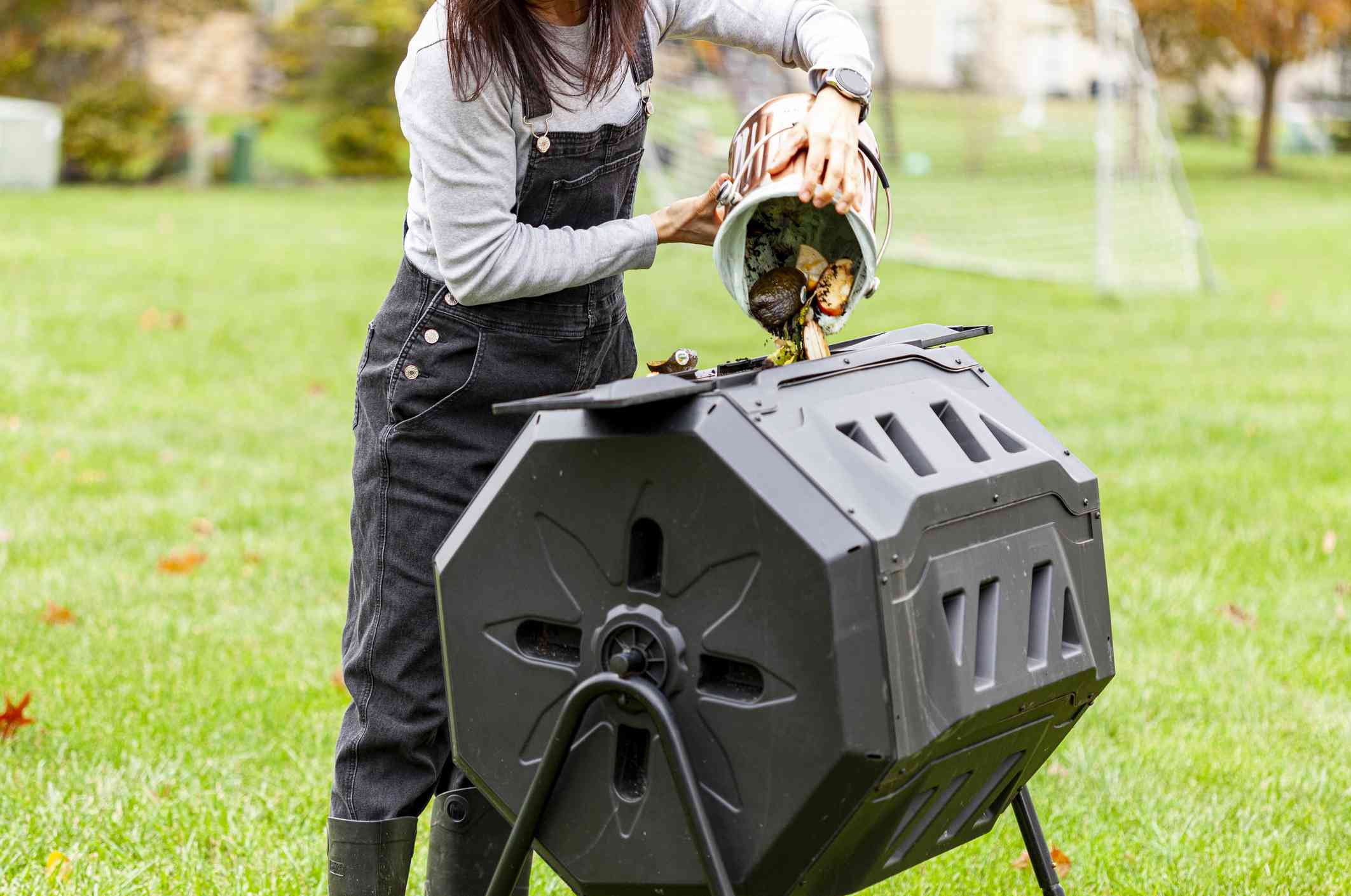
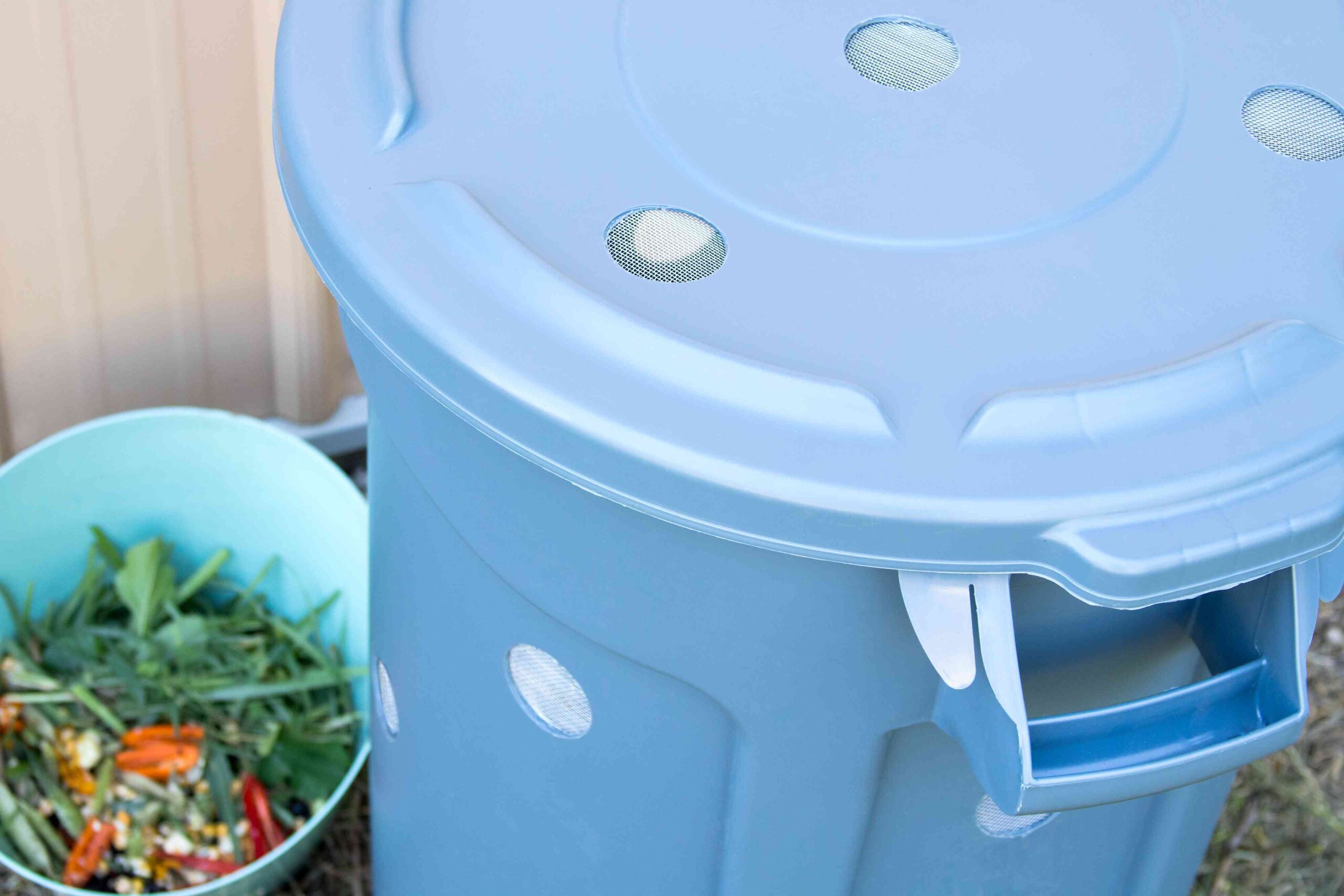
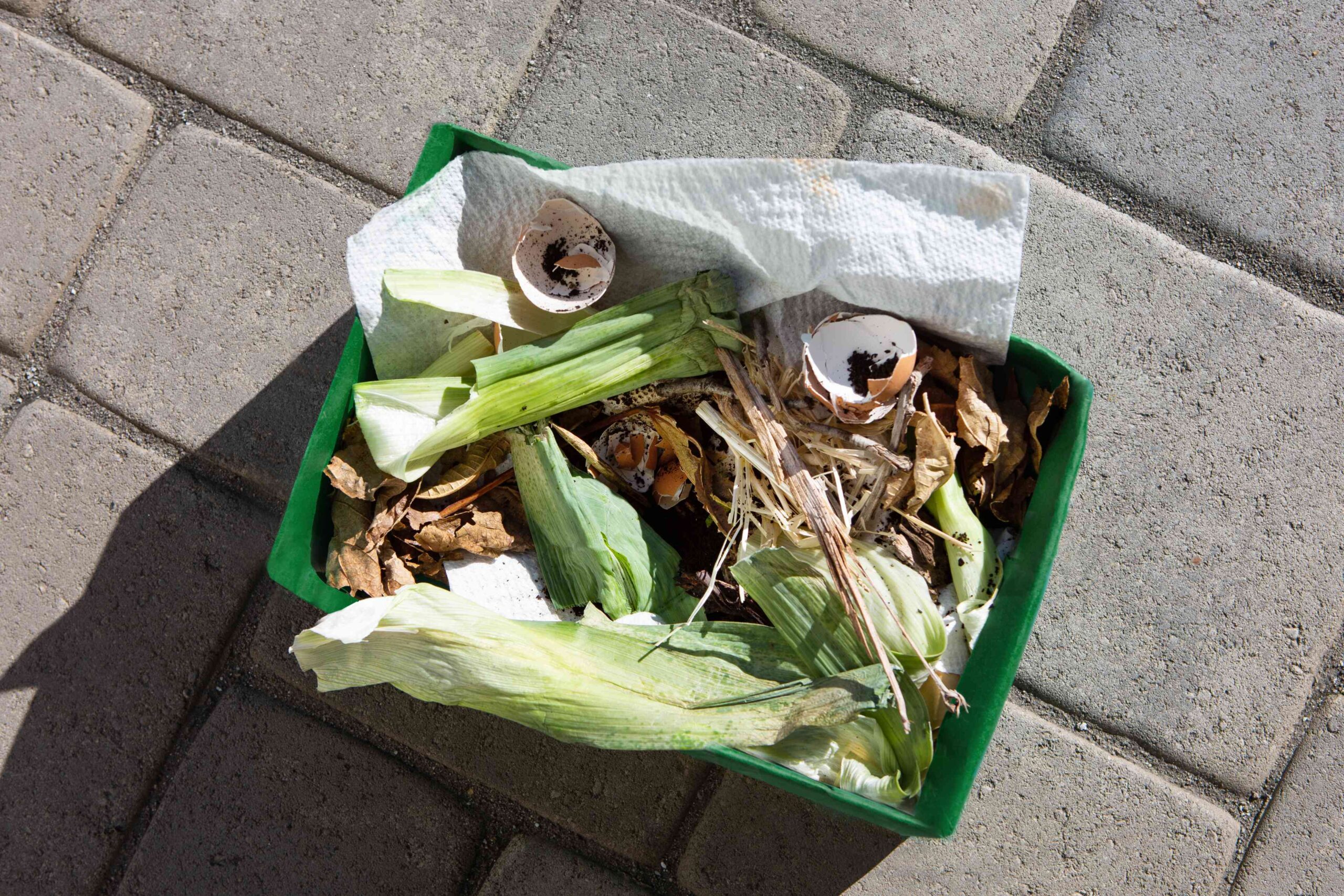
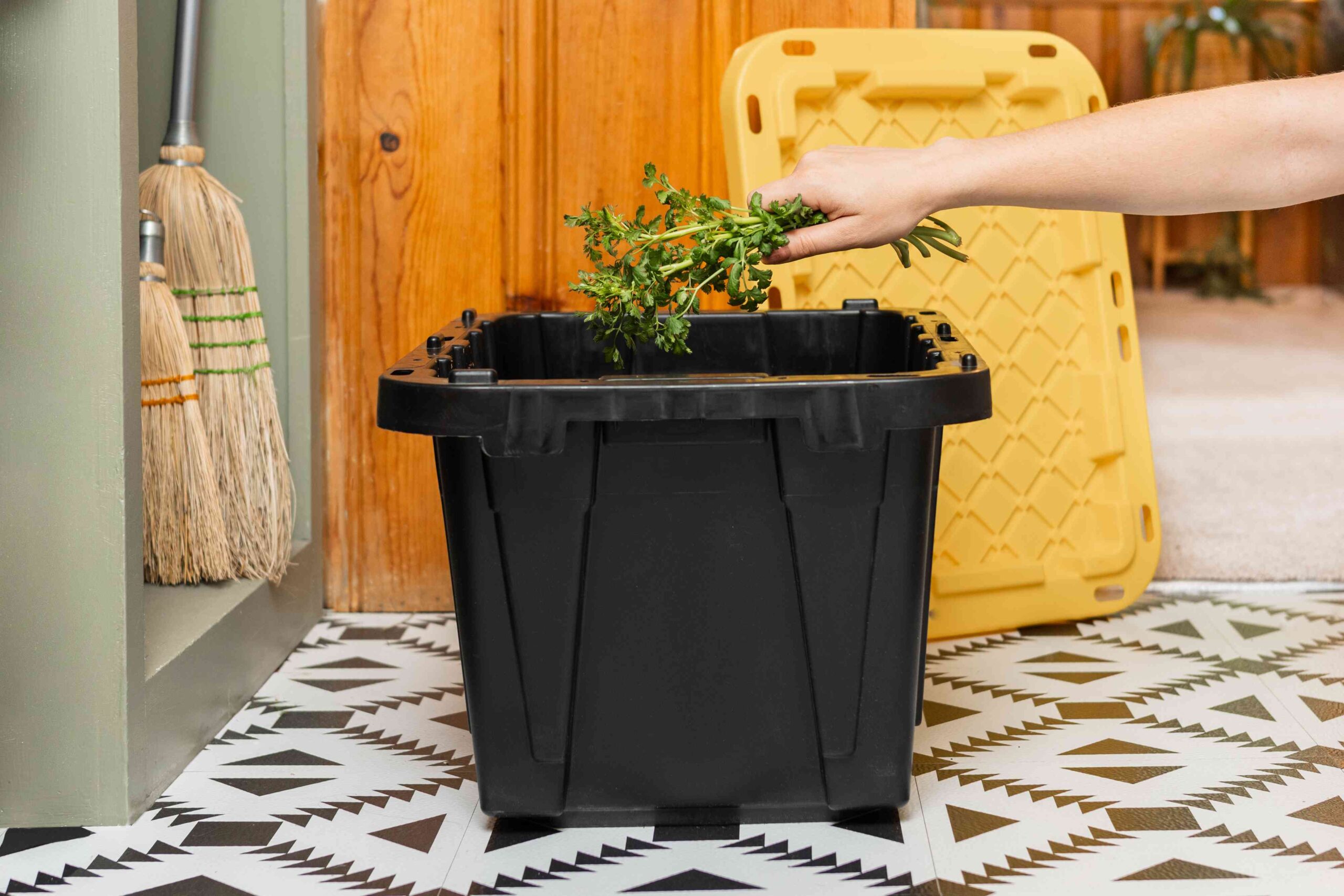
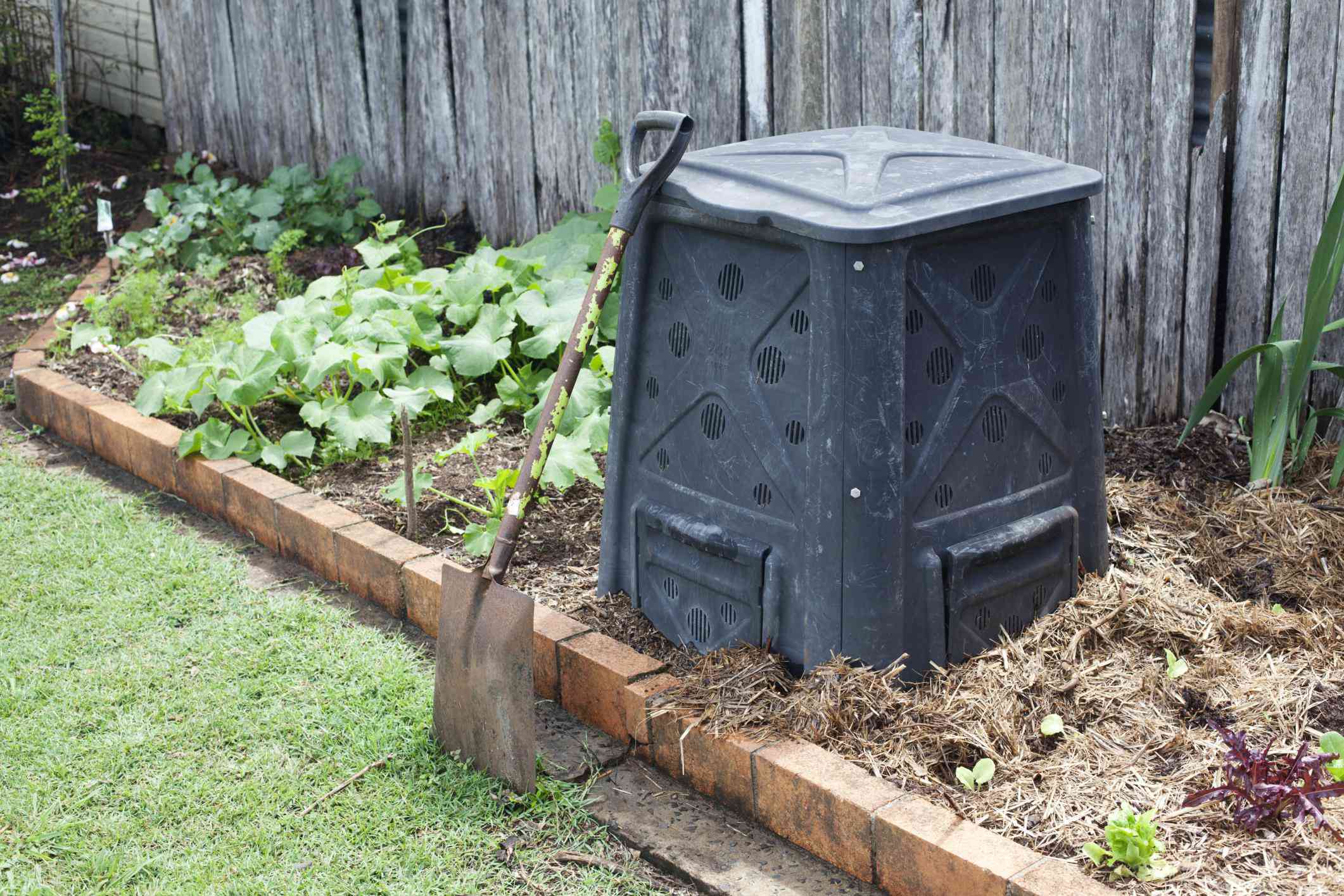
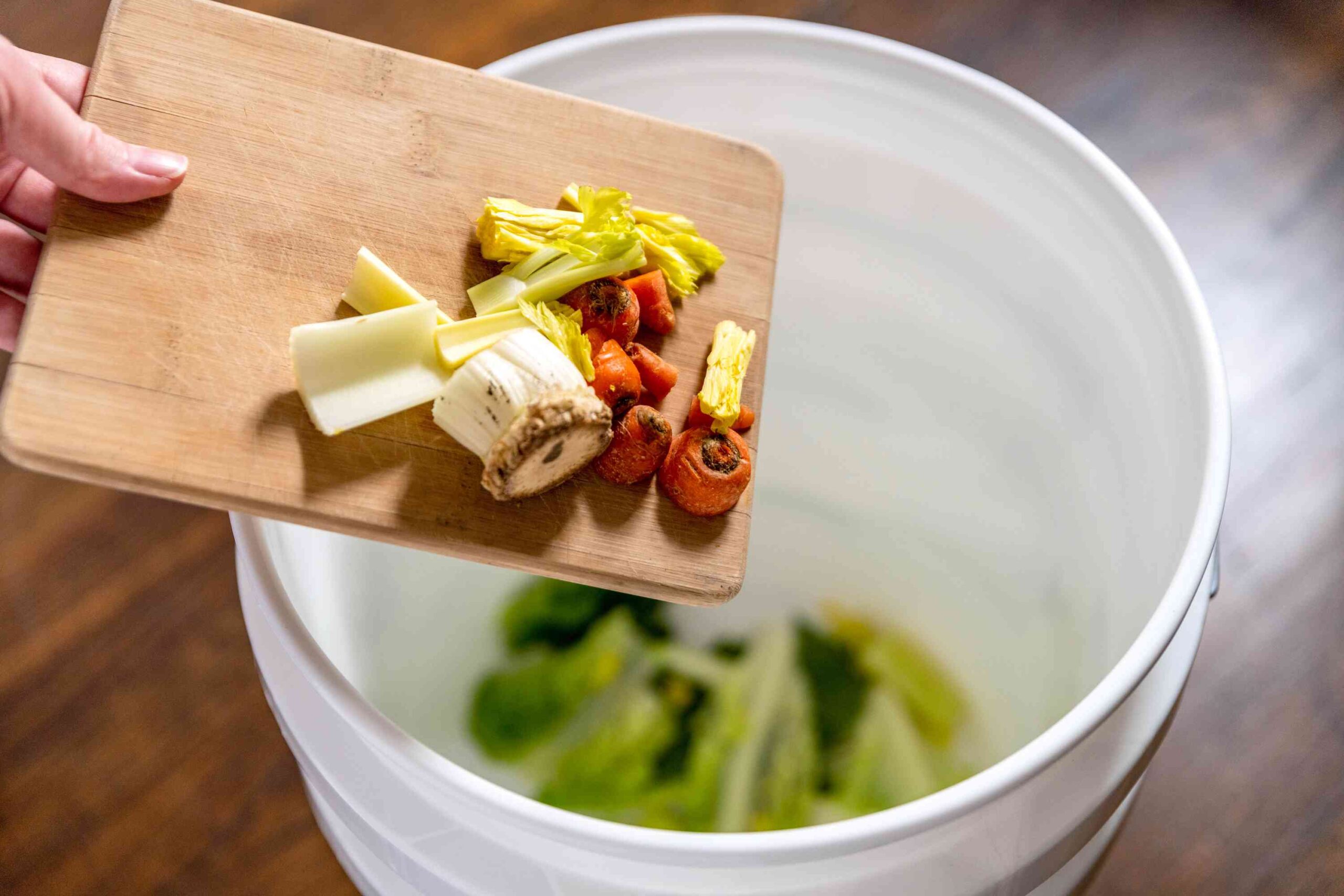
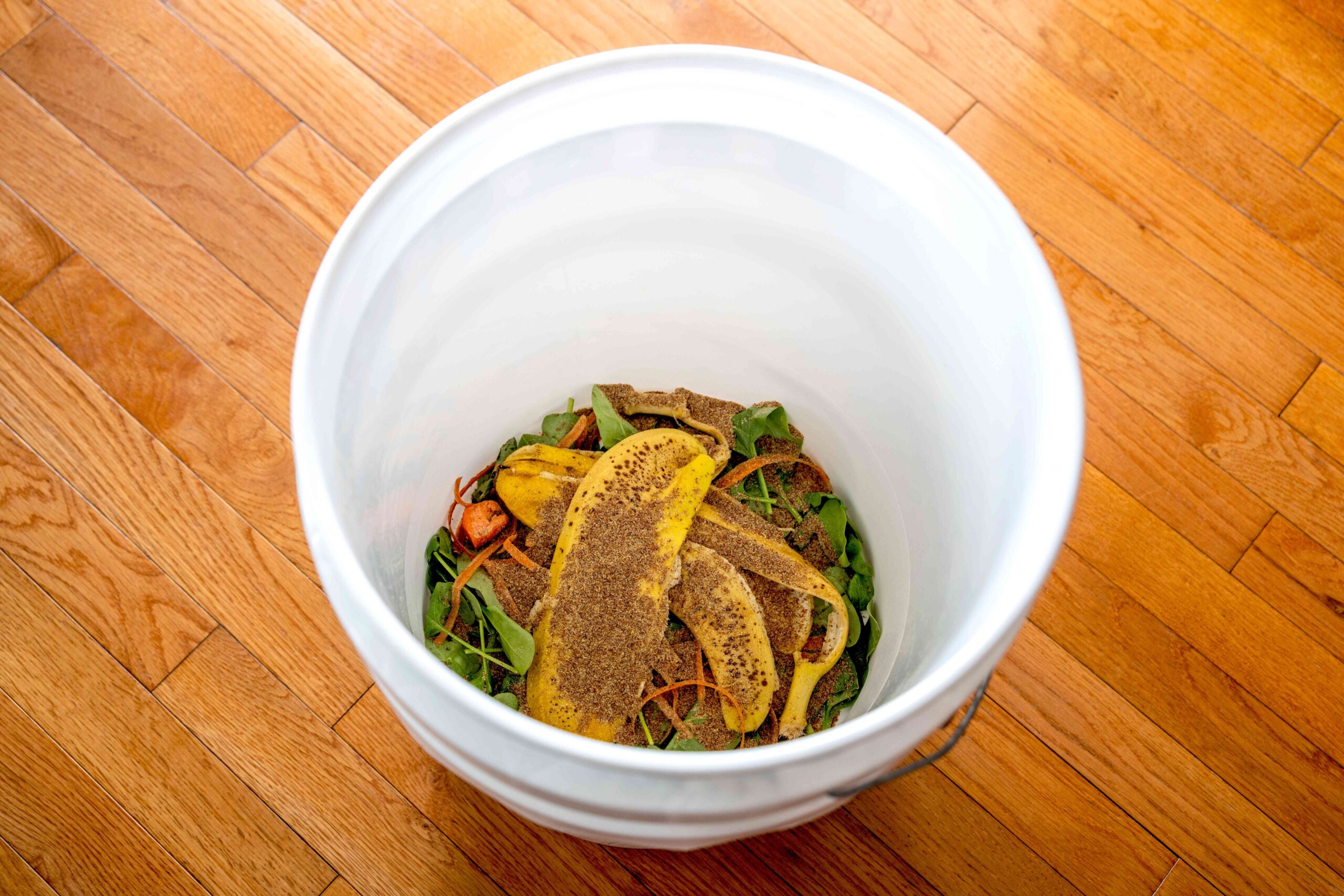
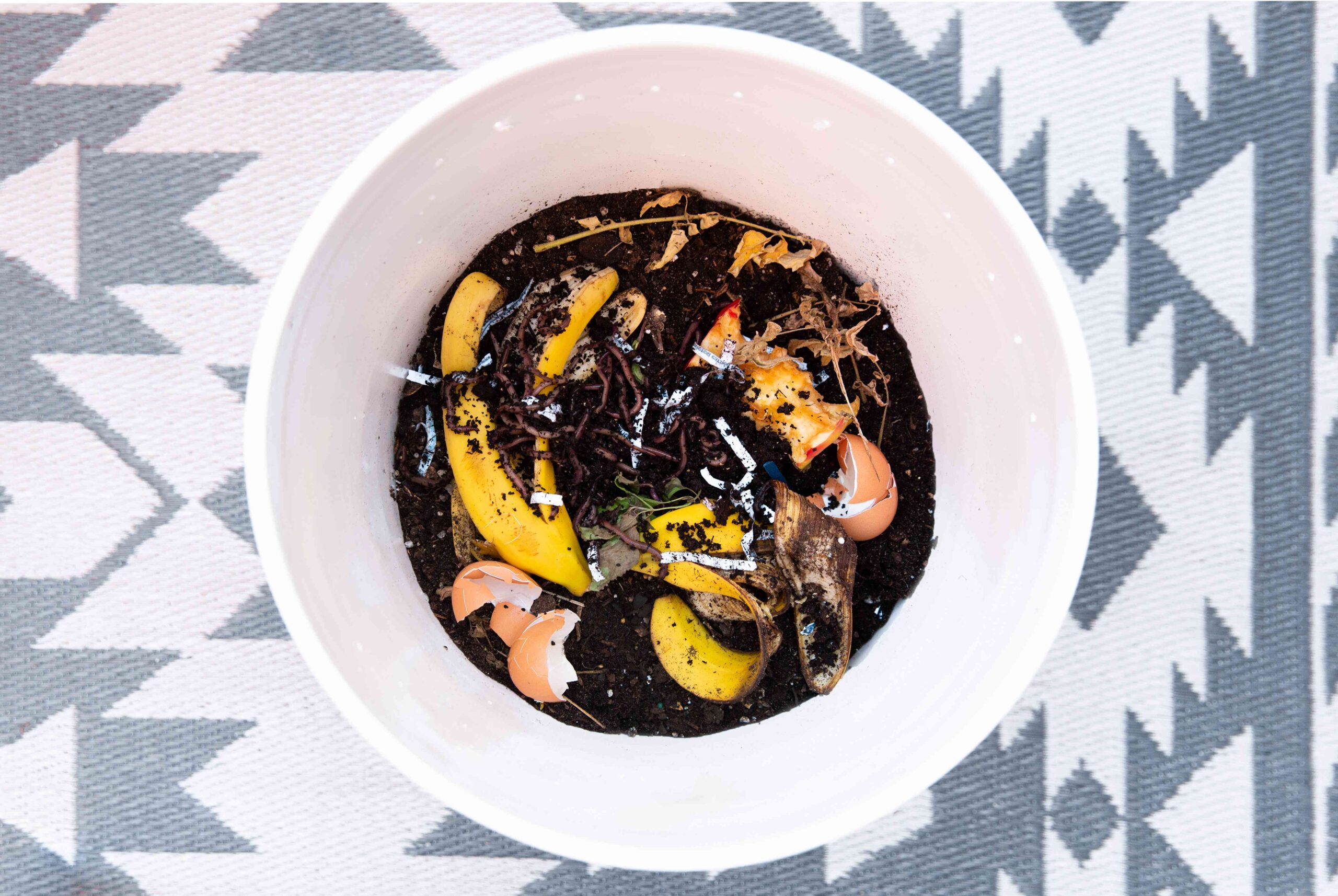
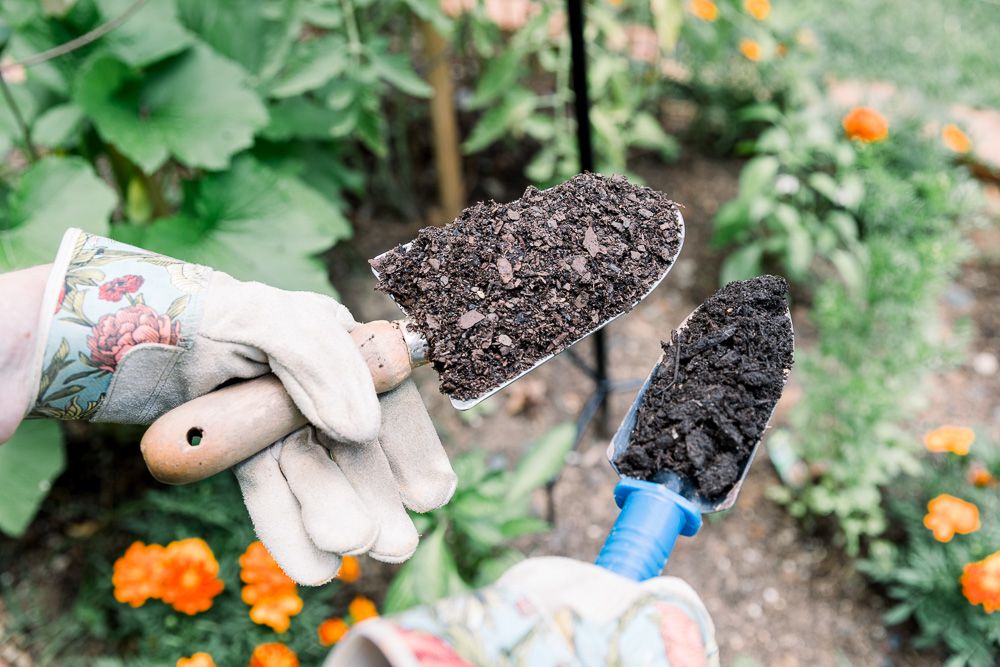
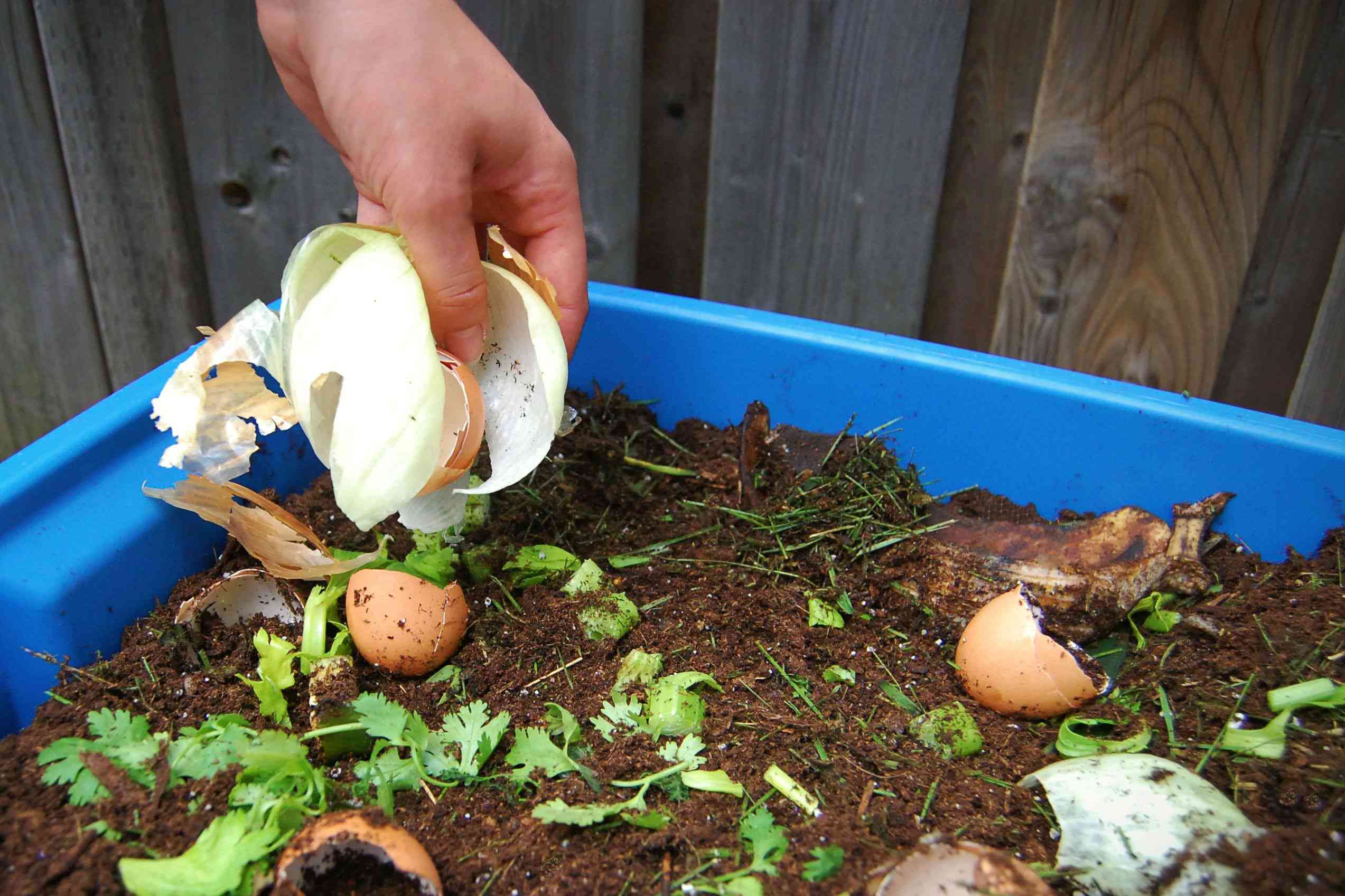
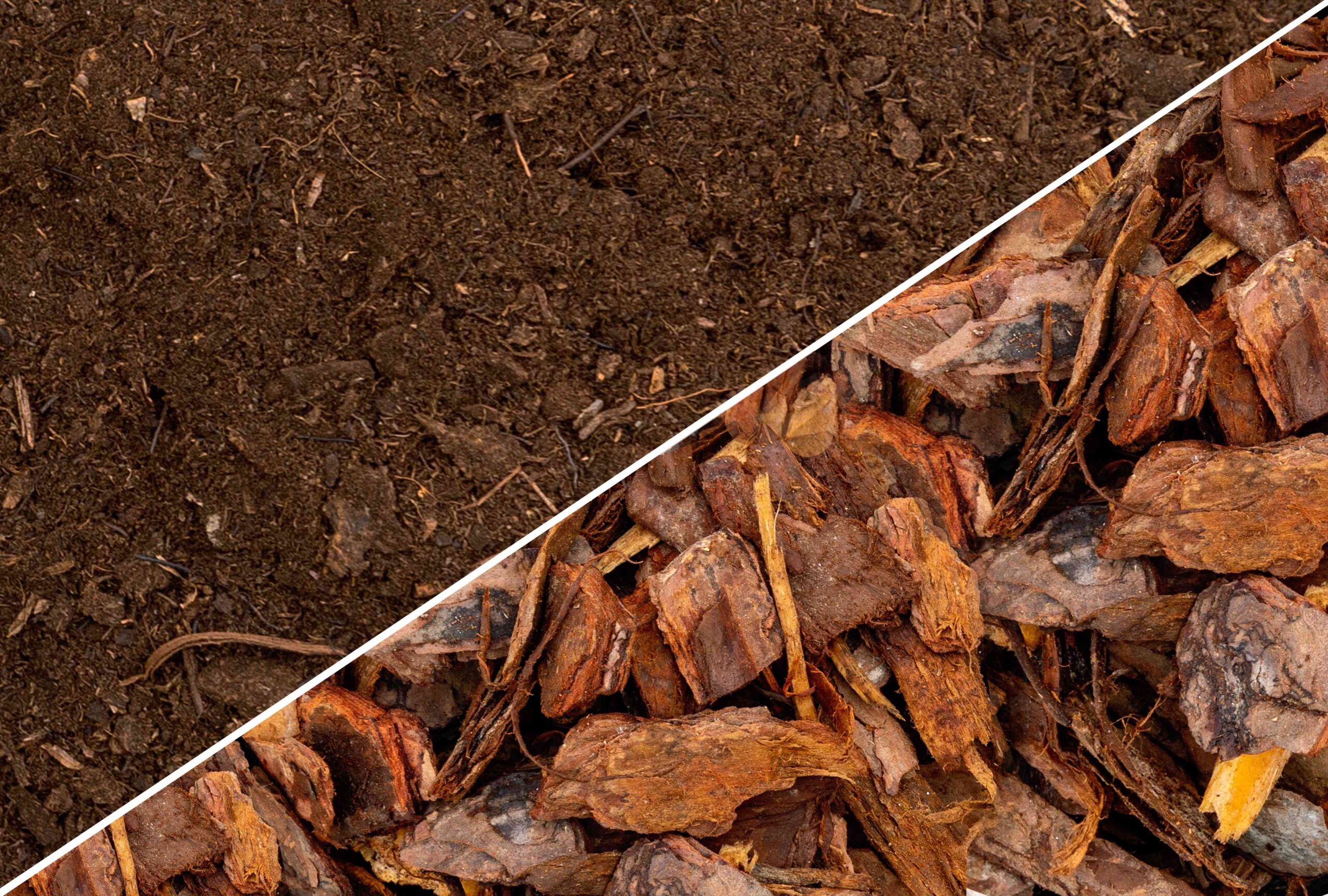
Leave a Reply